AI in Retail: 5 Major Ways AI Will Transform Retail Industry
Did you know that robots are now running your local retail area? It’s true! With cutting-edge technology like voice-enabled shopping assistants, robotic warehouse pickers, and even face-recognition payment systems, artificial intelligence is transforming how we shop and do business.
In fact, according to PwC, a whopping 71% of corporate executives have already adopted AI in some form in their operations – and that number is only going up.
It’s fantastic to think about how much our world is changing thanks to these incredible innovations!
How Does AI in Retail Work?
In today’s world, AI has become an integral part of the retail and e-commerce industry, helping customers and businesses.
Retailers can offer personalized recommendations and automate various processes, making the shopping experience seamless and enjoyable for customers.
This enhances customer satisfaction and boosts revenue and resources for businesses.
By gathering customer data and feeding it into machine learning algorithms, retailers can provide customers with a sophisticated and efficient shopping experience that benefits everyone involved in transforming the retail store experience.
What Does AI In Retail Look Like?
Are you interested in how AI is revolutionizing the retail industry? Well, let me tell you, it’s just the beginning!
Chatbots, those robotic customer care agents that can carry out human-like conversations, are just one example of AI tools being used.
But that’s not all. Alexa and other AI speech recognition systems are combined with Amazon’s Fire TV to create a truly integrated retail experience.
Retailers also use AI algorithms to analyze massive amounts of data from online consumer activity.
This helps them make informed predictions about sales, ensuring warehouses are stocked with the right products at the right time.
And speaking of warehouses, some are even using robots to perform manual tasks such as sorting and packing, freeing human workers to focus on other business areas.
But wait, there’s more! AI-powered recommendation engines use data from previous searches to suggest relevant goods and services.
Image recognition software, driven by AI, is being used to detect fake goods, keeping consumers safe.
And, believe it or not, AI copywriters are now producing website SEO content. It’s incredible to see how AI transforms e-commerce and the retail business in 16 ways.
AI-powered Checkouts For Better In-Store Shopping Experiences
As we all know, Covid-19 has drastically changed how we shop in stores.
With social distancing measures in place, retailers had to limit the number of customers allowed inside at any time.
This led to a surge in the use of AI-powered tools like chatbots, in-store apps, and even robots to help manage the flow of people.
But the use of AI in retail continues beyond there.
Researchers are exploring the benefits of integrating AI tools like computer vision and big data analytics to enhance the shopping experience.
One such example is the use of AI-powered checkouts.
With this technology, shoppers can walk into a store, have software add items to their basket, pay using retail ai or smartphone app that employs AI, and then leave without ever interacting with the ai software or cashier.
The advantages of AI-powered checkouts are clear.
They reduce customer wait times and eliminate businesses needing to hire as many shopping assistants as possible.
It’s no wonder major retailers like Walmart and Kroger are eager to implement this technology.
And remember Amazon, who made headlines with their cashier-less Amazon Go stores.
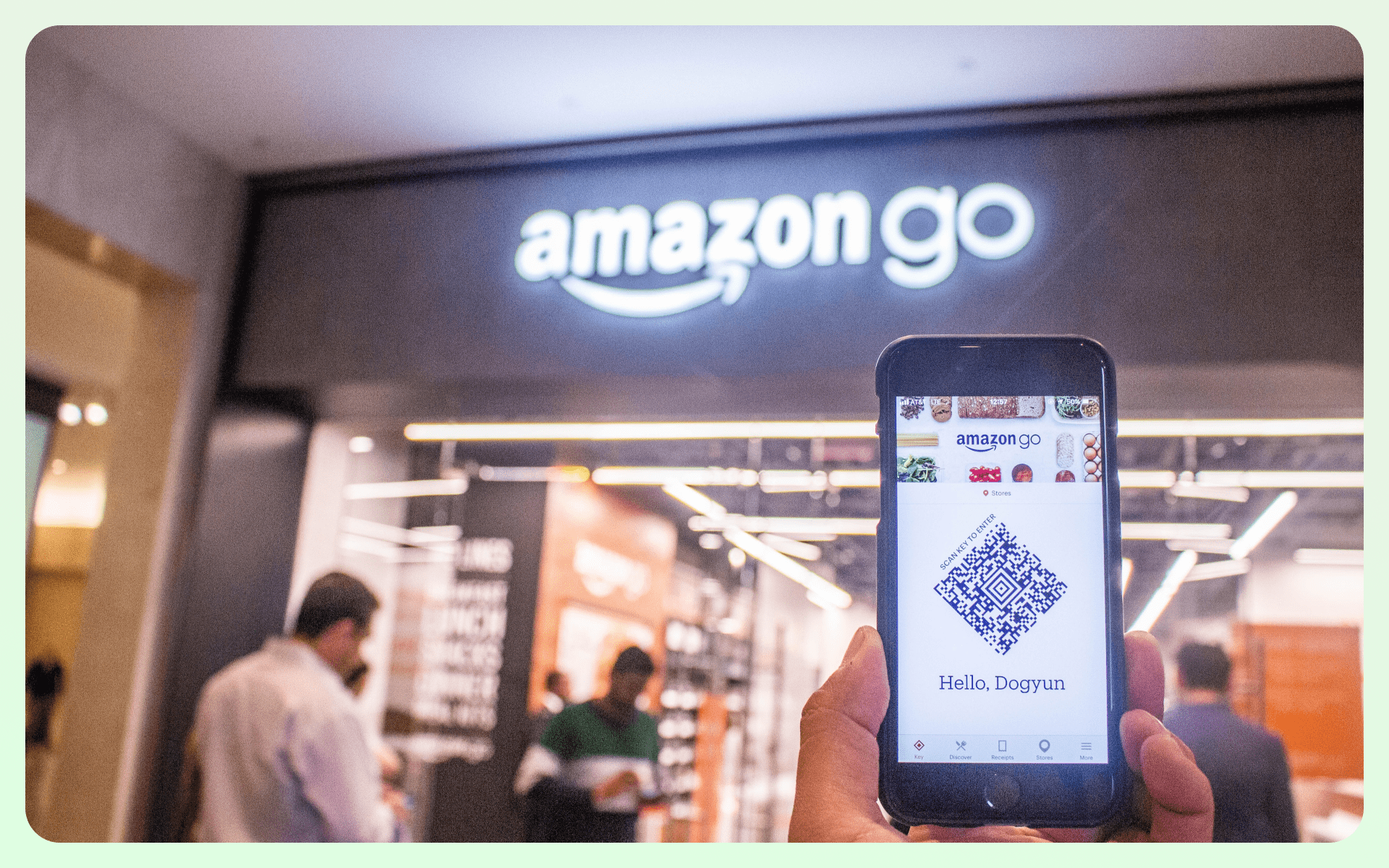
Personalized Customer Service And Engagement
Have you noticed how some retailers have a sixth sense of what you want to buy? Well, it’s not magic – it’s AI! That’s right; retailers are using artificial intelligence to create interactive solutions that make it easier for you to shop.
Not only does technology do that, but it also makes your shopping experience more personal and engaging with ai applications.
Retailers are doing this using chatbots powered by AI. These chatbots can communicate with you just like a human would, making it a more sympathetic and realistic interaction.
They can even help you with any issues, suggest products, and answer any questions in real time.
But the best part is that these chatbots can also gather data about you, which helps retailers create a customer profile.
This way, the next time you shop with them, they know what you like and can tailor your seamless shopping experience accordingly.
This personalization and engagement lead to a more trustworthy relationship between customers and retailers.
And with the help of AI, machine learning, and natural language processing, retailers can increase their online and in-store sales, making it a win-win situation for everyone!

Tracking Different In-Store Activities
In today’s world, finding a shopping assistant when needed can be challenging.
That’s why retailers often turn to CCTV cameras for help.
But let’s be honest; monitoring those cameras all the time is nearly impossible.
Thankfully, AI has stepped in to lend a hand.
With AI-integrated systems, retailers can review CCTV footage, quickly spot suspicious activity, and immediately alert staff members.
And after the on-duty staff looks at the footage, they can take appropriate action to keep the store safe.
But the benefits of AI in retail continue beyond there.
Retailers can also use computer vision-based solutions to track items and identify real-time activity.
This helps them catch physical attacks and shoplifting before they become a bigger problem.
And with the customer experience and customer safety always at the forefront, the store’s reputation stays strong.
And that’s not all. AI can even track how long customers spend looking at items (also known as gaze time) and how long they stay in one spot (dwell time).
Some high-end international stores like O2 already use video analytics and AI technologies to measure these indicators.
By monitoring dwell and gaze times, retailers can get raw data to better mine customer profile data insights, understand their customers and find ways to increase conversion rates, engagement, and sales.
So, next time you’re shopping, remember that AI is working behind the scenes to make your experience safer and more enjoyable.
And for retailers, AI means more inventory management, better security, more shopping experiences, happier customers, and increased profits.

Identifying The Right Product Placements
For retailers, checking their shelves manually has always been a struggle. It takes up so much time; it’s only sometimes wholly accurate.
The same goes for using only a matter planogram – it just doesn’t cut it when evaluating the best number, location, and presentation of products in ai in retail stores.
Have you considered the possibility of AI technology assisting you with that? By automating product placement through picture recognition and object identification, retailers can better understand what’s happening on their shelves.
The software will take customer preferences and even give them real-time pricing and other product availability and placement updates so they can make informed decisions.
Computer vision takes it further by identifying which items are popular and which aren’t.
This information can help retailers decide which products to continue selling and which to discontinue.
And here’s the best part: the AI program will alert the team if planogram compliance and on-floor availability need to improve.
It can even recognize empty shelves of in-store products! With this technology and intelligent frames, retailers can ensure their shelves are always stocked and their customers are always happy.

Inventory Management
If you want to succeed in retail, it’s crucial to prioritize inventory management. This will help you stay ahead of the competition.
It’s all about knowing what you need when you need it, and at what price. And with the digital revolution that’s been happening in recent years, AI is helping merchants optimize their supply chain, pricing, and promotional strategies like never before.
Now, retail businesses are using computer vision systems to monitor inventory, products on shelves, and complete inventory scans.
But before that, they first acquire photos using computer vision, image segmentation, and object identification algorithms.
These systems also send immediate alerts for discounts or stock-outs, help design stores, accelerate A/B testing, create heat maps, and even predict how long a product will stay on the shelf.
But the real magic happens when AI and human employees work together.
Thanks to computer vision, retailers can even use autonomous robots to assist shoppers with stock restocking.
However, there are still some limitations to this technology. For instance, a robot needs access to vast amounts of precise visual data to cover the entire store adequately.
However, Walmart and Bossa Nova Robotics made a deal in 2017 to use robots for identifying goods that were about to run out of supply using machine learning.
Unfortunately, Walmart eventually withdrew from the deal for unknown reasons, even though Bossa Nova had grand plans to include more than 1,000 locations.
So, take advantage of the benefits of AI in inventory management.
It can help you stay on top of your game and get goods onto shelves faster.
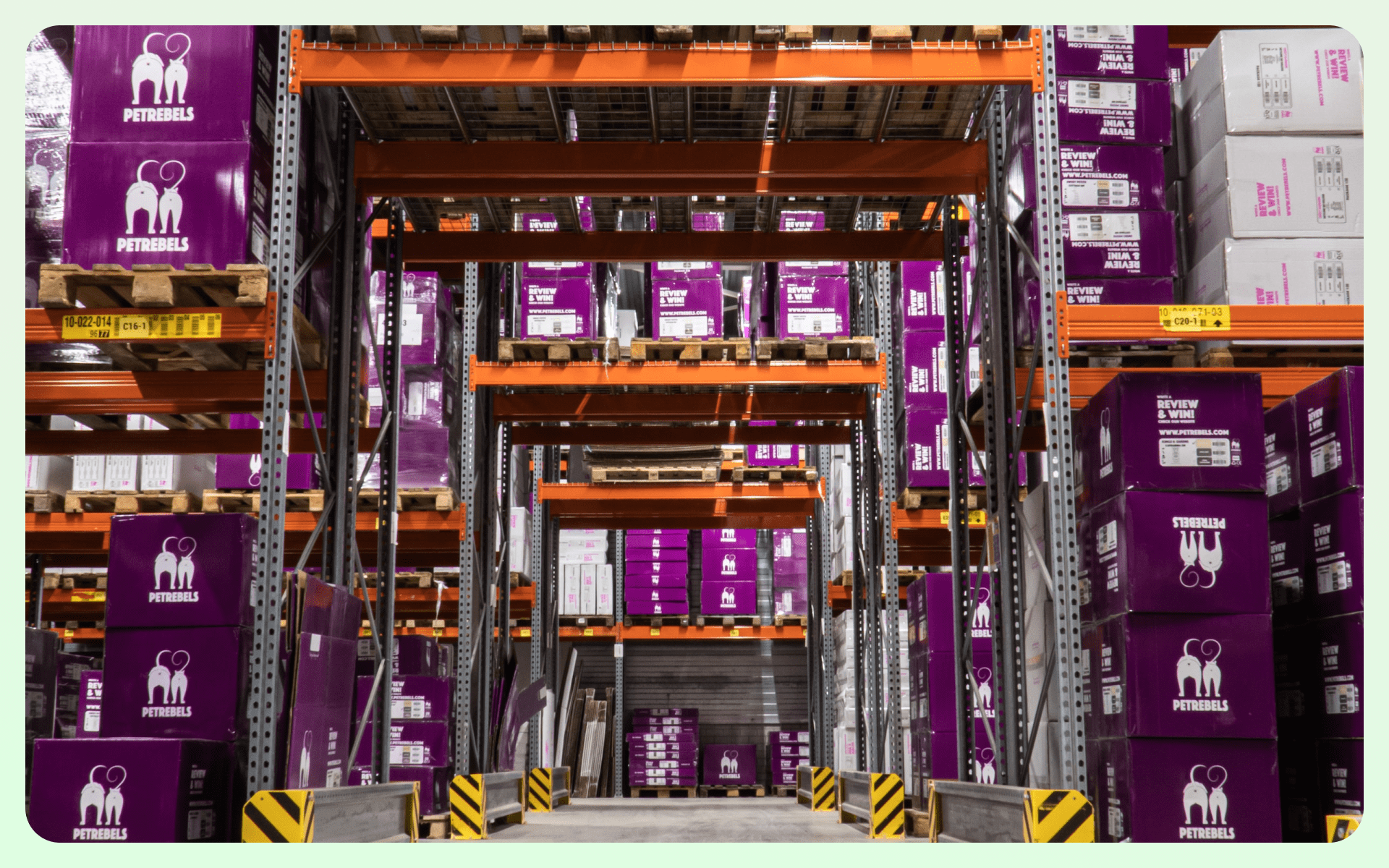
Real Life Examples of AI Retail
ANAPLAN’S PREDICTIVE INTELLIGENCE PLATFORM
Looking for a tool to keep your customers satisfied and gain new ones? Consider checking out the Anaplan Platform.
This powerful platform uses cutting-edge technology, including real-time web crawling and predictive analytics, to help businesses of all sizes stay ahead.
Big companies like AWS and Coca-Cola have already used Anaplan’s predictive analytics to improve their supply chain and sales targeting.
With Anaplan, you can take your business to the next level and achieve your goals faster.
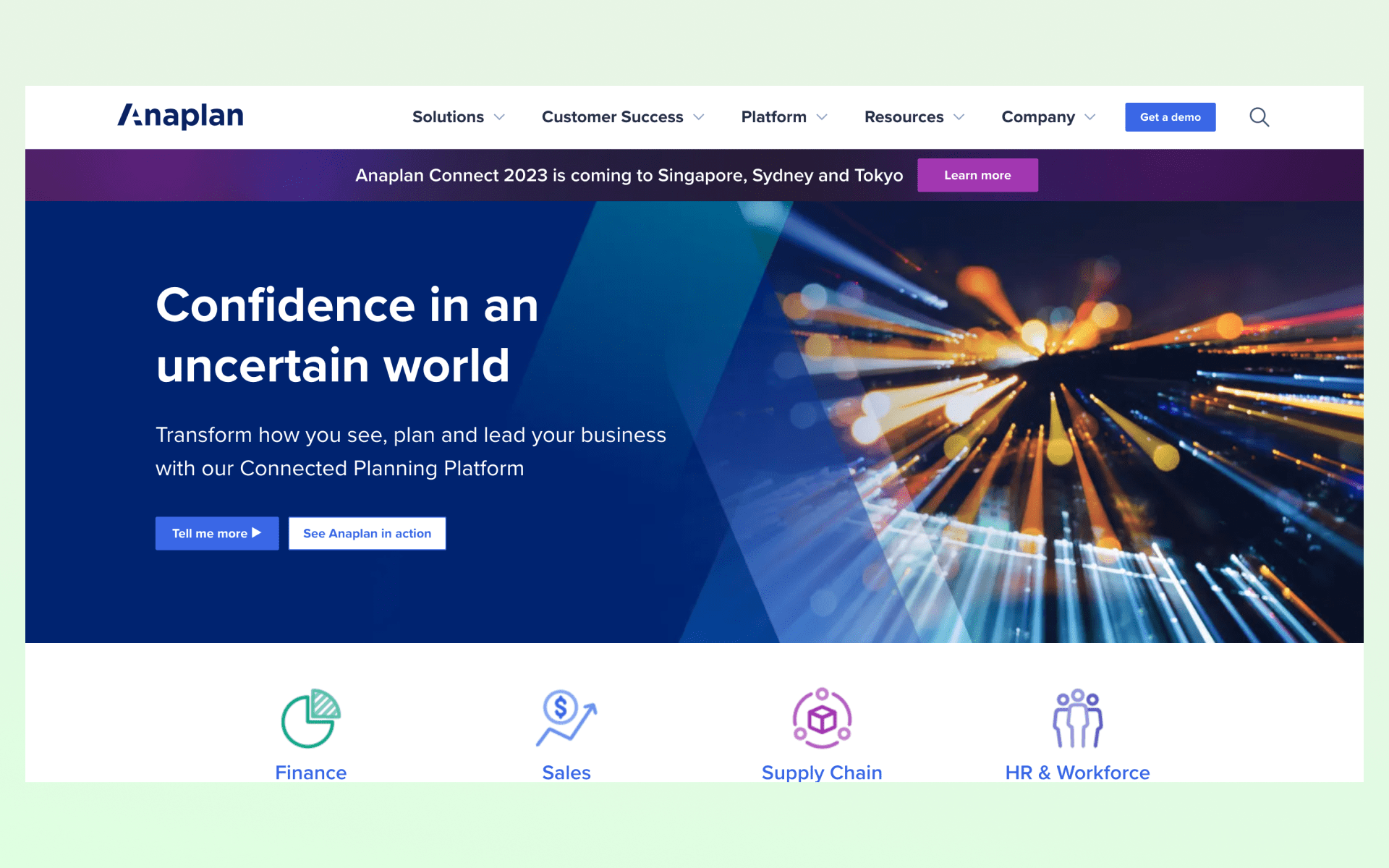
EBAY’S CUSTOMER ADVICE AND RECOMMENDATIONS
Did you know eBay uses cutting-edge AI technology to enhance your customer experience? That’s right! Thanks to AI, you can now enjoy personalized product recommendations, faster shipping and delivery times, better pricing, and greater trust between buyers and sellers.
AI is also being used for image searches and automated web page translations, making your online shopping experience even more seamless.
And here’s the kicker: eBay reported that their use of AI technology helped them identify a whopping 40% of online credit card fraud in 2019, with very high accuracy.
AI is a game-changer in enhancing online security and preventing fraudulent marketing activities. Thanks, AI!

IBM’S WATSON
IBM’s Watson is revolutionizing the retail industry with its cutting-edge artificial intelligence technology.
By harnessing the power of real-time data, Watson helps businesses like Frito-Lay and Home Depot create personalized purchasing experiences that cater to their customers’ unique preferences.
With IBM’s AI integrated into their operations, these businesses can streamline their supply chain processes and provide shoppers with unforgettable experiences that keep them coming back for more.
Watson has become the favored tool for retailers who aim to stay ahead of the game in today’s fast-paced marketplace. This comes as no surprise.

ZETA GLOBAL’S AI-BASED AUDIENCE ENGAGEMENT
Zeta Global is an innovative company that merges the power of artificial intelligence with marketing automation to help businesses discover potential customers and create unique experiences that resonate with them.
This cutting-edge technology streamlines marketing tasks and harnesses valuable data to cultivate more robust, meaningful customer relationships.

ALIBABA’S AI WRITING SOLUTION
Did you know that Alibaba has fully embraced the wonders of artificial intelligence? They’ve incorporated it into various areas, including cutting-edge augmented reality mirrors and payment systems that use facial recognition technology.
And if that needed to be more impressive, they’ve also developed a powerful AI copywriting tool that relies on deep learning models and natural language processing algorithms.
This tool can churn out up to 20,000 lines of content per second!
And get this, Alibaba is even exploring the development of a ChatGPT-like tool as of February 2023.
It’s safe to say that Alibaba is at the forefront of AI technology!
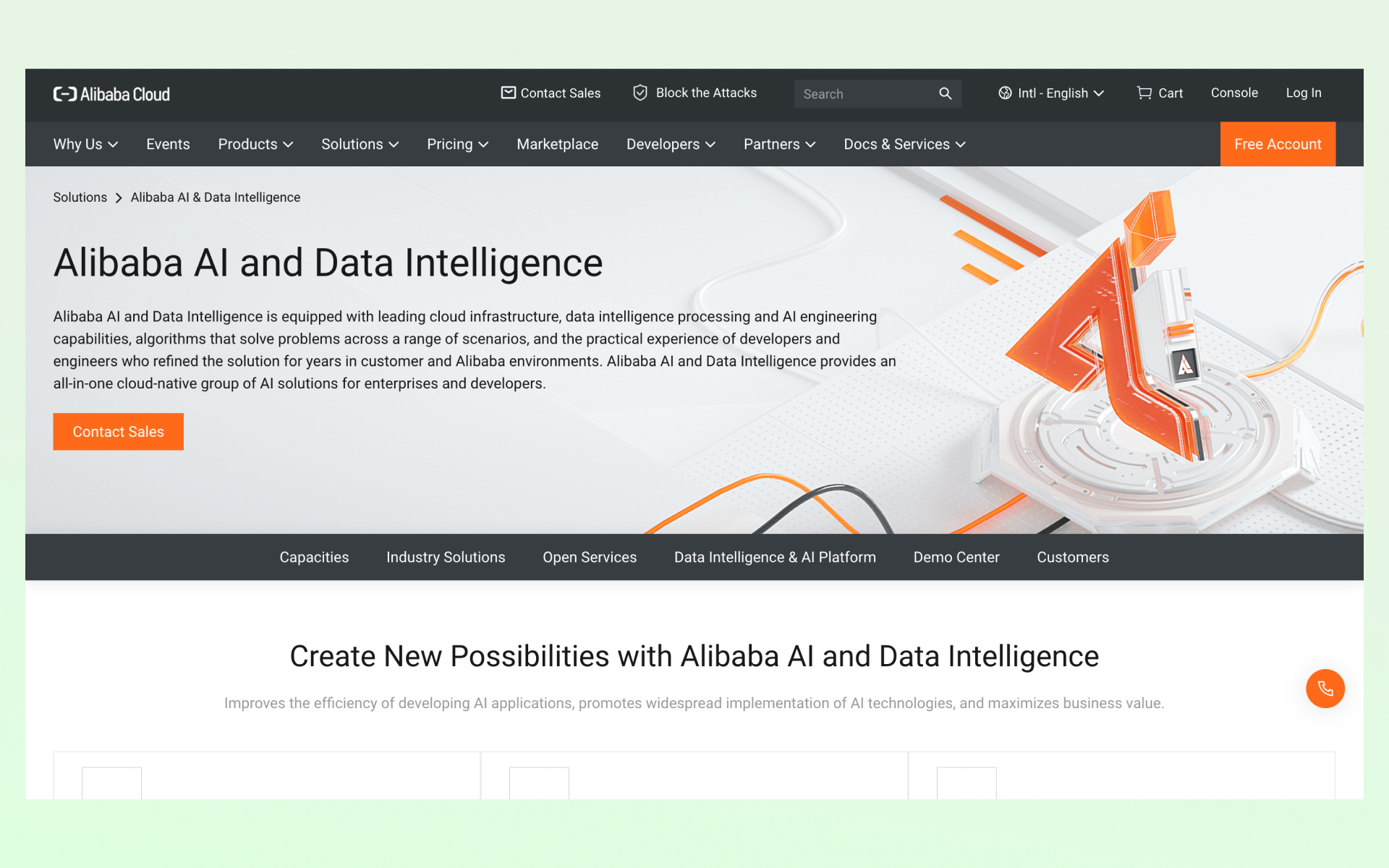
AMAZON’S PURCHASE RECOMMENDATIONS AND VOICE SHOPPING
Amazon is all about making your life easier and more enjoyable.
That’s why they’ve integrated some pretty cool artificial intelligence (AI) technology into their platform.
With their AI-powered services, you can do everything from voice shopping to getting personalized product recommendations.
They even use AI to estimate house prices and offer visual search capabilities.
And if you’re feeling lazy, their autonomous driving features will take care of the driving for you!
With Amazon Echo and its trusty AI assistant, Alexa, you can make voice-activated payments with just a few simple words.
And have you heard about Amazon Go? This checkout-free grocery store uses AI to identify the products you’ve selected and monitor your shopping behavior.
This service is exclusively available in select cities across the United States, including Chicago, New York, Seattle, and San Francisco.

FELLOW AI’S INVENTORY MANAGEMENT SOLUTIONS
Can businesses use robots to monitor their inventory in real time? Yes! Fellow, an AI-powered company, has developed a model called NAVii, which can travel through store aisles and use its data capture cameras to view what items are present.
Lowe’s, a popular home improvement retail chain, even uses these robots, which they call “LoweBots,” to assist customers and monitor inventory levels. Pretty cool.
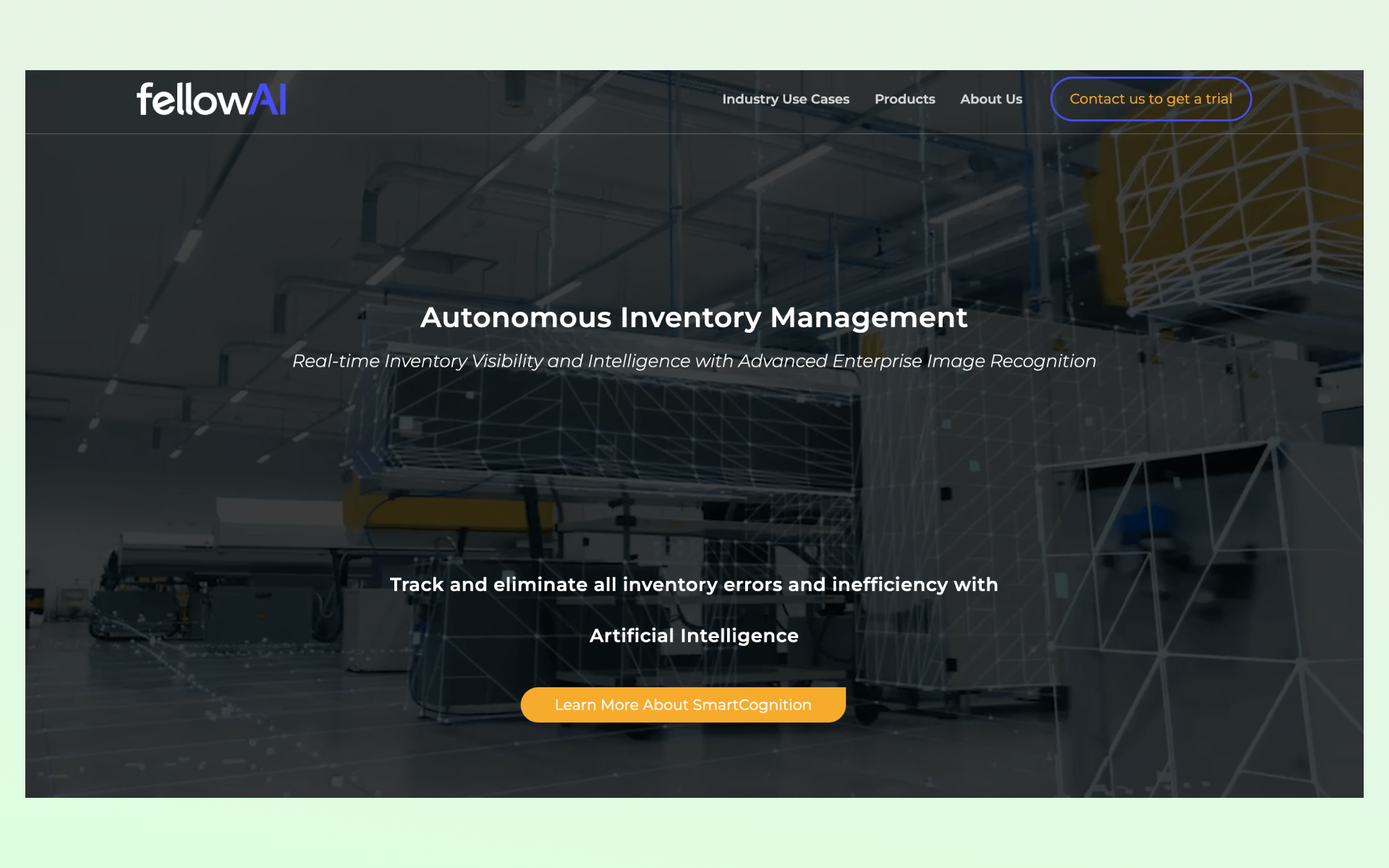
The Future of AI in Retail
The future of retail lies in AI. This powerful technology revolutionizes how businesses conduct product research, establish pricing, and manage inventory.
It’s not just the shoppers and the retailers who benefit – AI also has a significant role in transforming consumers’ shopping.
Retailers are already leveraging AI to improve their customer service.
For instance, stores use cameras to monitor dwell times and identify potential security threats.
Meanwhile, companies like Amazon have gone a step further and implemented a no-checkout policy.
Of course, only some things will go according to plan. Walmart’s partnership with Bossa Nova is a perfect example.
Despite any reservations, the efficiency, accuracy, and foresight of AI will inevitably lead to the integration of new technologies such as self-checkout, intelligent shelf sensors, and enhanced store layouts in the retail industry.
These advancements will undoubtedly enhance the shopping experience for retailers and customers.
Conclusion
After careful analysis, computer vision-based systems are revolutionizing the retail industry by improving customer engagement and simplifying business processes.
These systems can offer tailor-made suggestions and assess consumer actions, enabling business owners to make informed choices and maximize their stock, this eliminates the need of hiring shopping assistants.
By embracing these cutting-edge technologies, retail companies can remain ahead of their rivals and provide customers with exceptional shopping experiences.
The future of the retail industry appears promising with the aid of computer vision-based systems.

